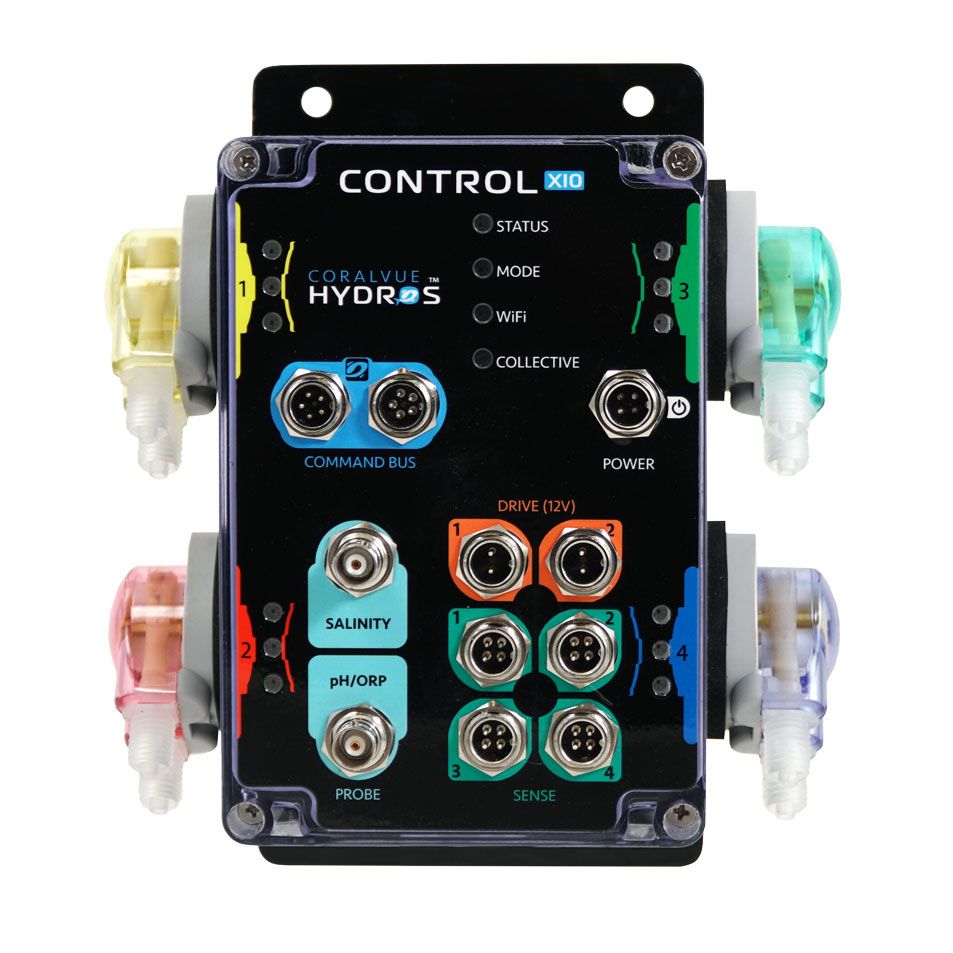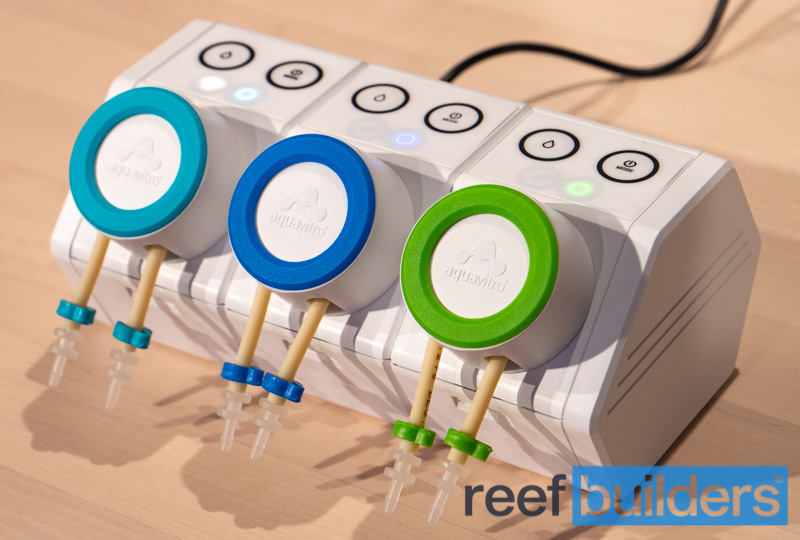We’re asked more questions on dosing than virtually anything else. Here’s a Beginner’s Guide and our most Frequently Asked Questions on Reef Tank Dosing.
What is dosing?
Dosing is when you add buffer to your reef tank to keep water chemistry stable, or when you add liquid food via an auto-dosing unit or dosing pump.
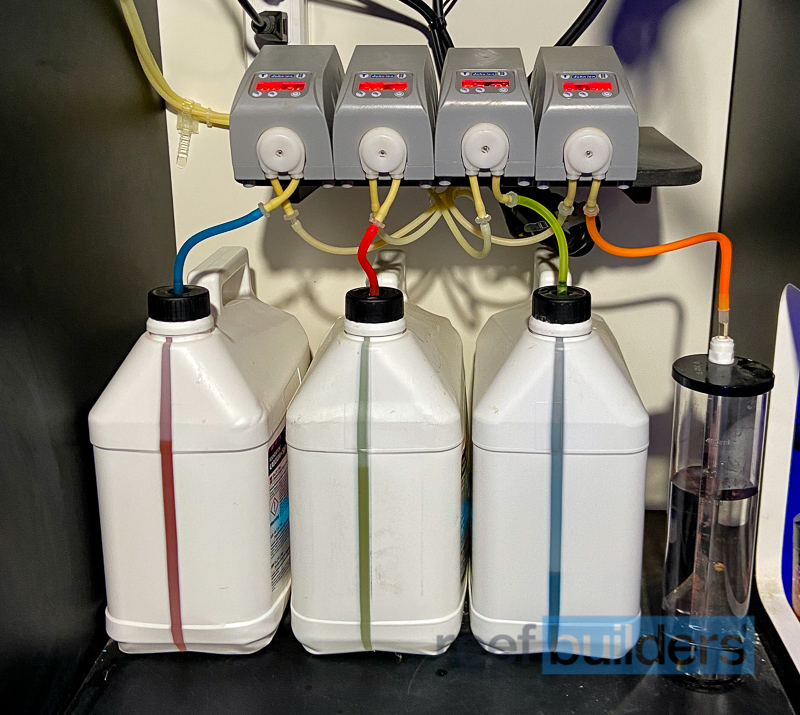
When should you dose?
Before you dose, first you must test. Test your reef aquarium water for KH/Alkalinity, Calcium, and Magnesium. If they are at levels below that of natural seawater i.e. KH less than 7dkh, calcium less than 400ppm, and magnesium less than 1200ppm, then you should add the relevant buffer in enough quantity and regularity to bring the levels back up and hold them there. Alkalinity can drop on a daily basis so most reefers dose every day, especially if they have lots of corals that are consuming those three essential parameters.
Better still is to dose small, regular amounts of buffer right throughout the day, even at night. This can be done by calculating your tank’s consumption and then setting up an auto-dosing unit to administer buffers at timed intervals throughout the day.
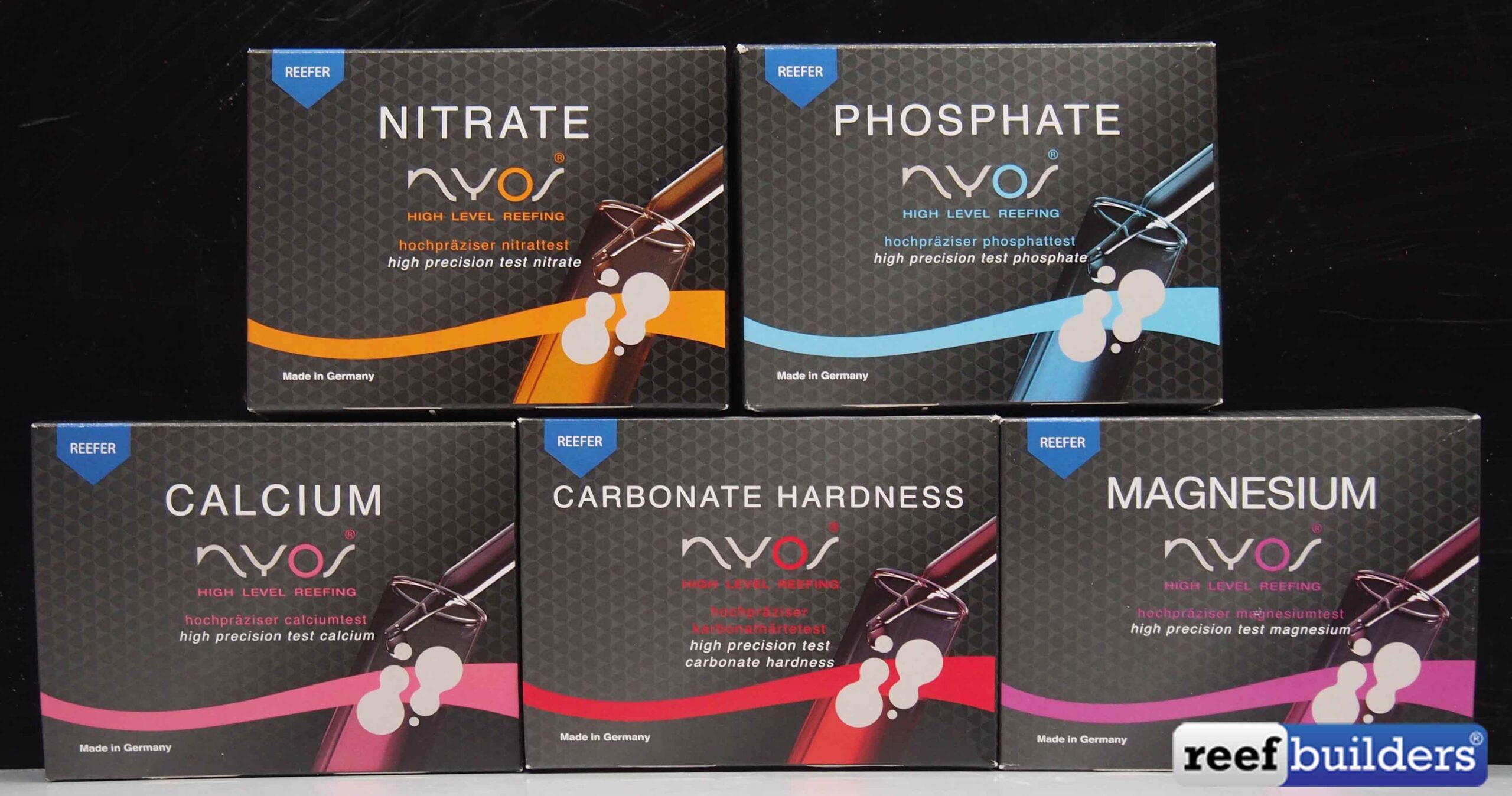
How do you dose a reef tank?
If your water parameters are at natural seawater level or above, don’t dose anything, as they are all present in high enough levels in your tank for corals to access and use them. Start a log of water tests, which you’ll have to carry out at least daily until you know your tank’s consumption. If your KH is at say 6dkh, add 5ml of KH buffer and then test again. If the KH has risen to 7dkh, your tank is consuming 5ml of KH buffer per day. If the KH remains below 7, add more, and if the KH is over 7 after adding 5ml, wait 24 hours and then test again. At the end of one week, you should have an idea of how many milliliters of buffer your corals are consuming each day. Do the same with Calcium and Magnesium, add the right amount of each buffer by hand each day to keep the levels stable and you’re dosing! Simple as that.
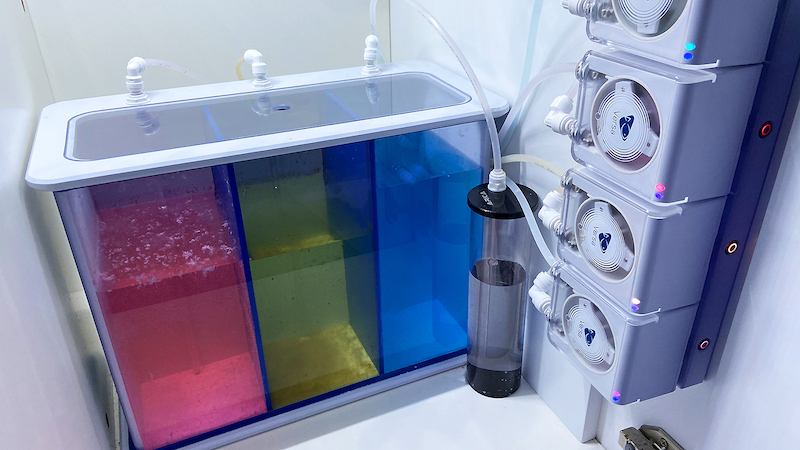
How do you auto-dose a reef tank?
An auto doser or dosing pump is a really useful device for the reef aquarium, which uses a small peristaltic pump to squeeze small amounts of fluid into your tank. This could be buffers or liquid coral foods like amino acids. Once you have logged and calculated your tank’s daily consumption of buffers, you can set up an auto doser to administer that buffer for you in timed, controlled amounts throughout the day.
To do this you’ll need one dosing pump (head,) per liquid buffer that you want to add, you’ll need a bottle of each buffer, some tubing, and a clamp. Put one end of the tube in the bottle of buffer and clamp the other end of the tube to the tank or sump rim, with the dosing pump in the middle. If your tank is consuming say 6ml of KH buffer every day then program your doser to deliver 6ml every day, but better still, split it up over the maximum number of doses per day (typically 24,) so your dosing pump with then deliver 0.25ml of buffer every hour. And do the same for all other buffers. Retest every few weeks as more corals and growing corals will use more and more buffers and your daily dosage should be increased accordingly.
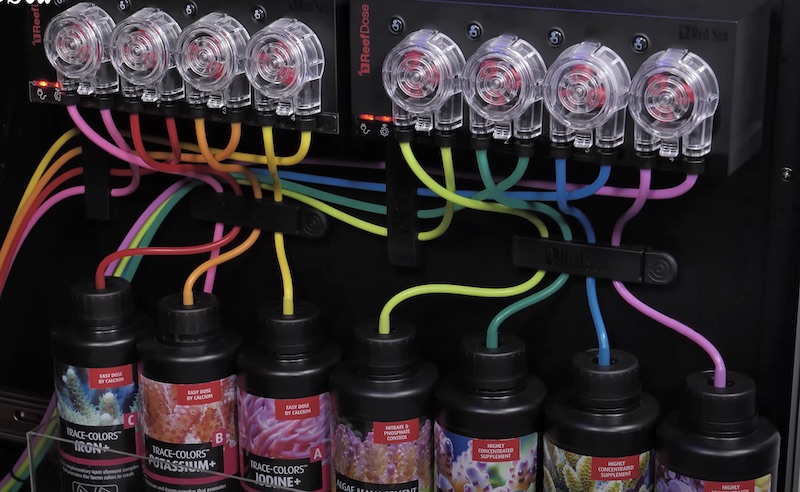
How many dosing pumps do I need?
Dosing pumps are available as small single heads, so if you have a small (nano,) tank, with minimal consumption, you will probably only need to dose KH buffer on a daily basis. Several All-In-One buffering solutions are also available which contain KH, Calcium, Magnesium, and trace elements. If you want to keep complete dosing as simple as possible, use one dosing pump head and an AIO buffer. If you want to dose 2-part you’ll need two dosing heads, and the popular Balling Method requires three dosing heads – one for KH, one for calcium, and one for magnesium. This also allows individual tweaking of each of those three key parameters. Calcium reactors and Kalkwasser stirrers are also forms of dosing, and they require one dosing pump each. Make sure you get one that can perform constant dosing of tiny amounts for those two methods. Some dosing methods require four dosing heads and if you ICP test you could set up several extra dosing pumps and dose several extra elements, like Flourine, Strontium, Iodine, Manganese, Potassium, and more.

Which dosing pump should I buy?
You definitely get what you pay for in dosing pumps. They are divided into those that you manually program using buttons and those that are app-controlled. Many are available in 1-4 head configurations and most will daisy chain or connect together so you could use 8-12 dosing pumps on the same program for example. It’s also about the quality of the stepper motor, the tubing, and the accuracy of the dosing pump. The heads and tubes on poor-quality units can wear out, and the accuracy of dosing can slide. Better dosing pumps can be calibrated and recalibrated to keep them dosing true, and some can even calculate how many days of dosing your bottle or container will give you. The best dosing pumps are accurate, can be calibrated, and are app-controlled. If you don’t know which dosing method you will adopt long term opt for a four-head doser as it will allow for dosing up to four individual elements or a popular three-part dosing recipe plus one other liquid, like amino acids.
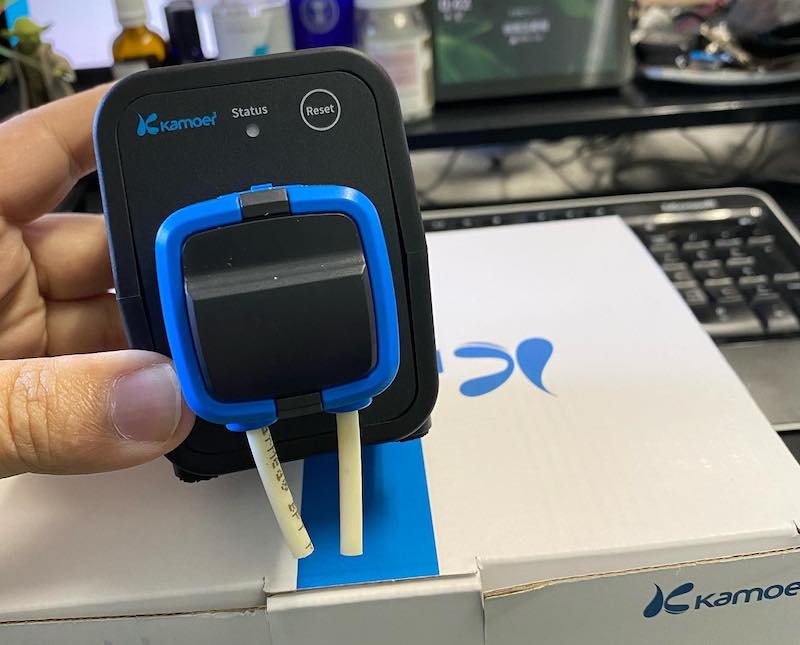
What do I do if my levels are too high?
If your levels are very high, then you have added more buffers than your corals have been consuming, and your levels have built up. You have a few options to manage this. The first is to conduct a water change to bring the levels back down. Check the parameters on your salt bucket and the more water you change, the more quickly you will attain the levels stated on the salt. You could stop dosing that parameter completely until the level drops to what it should be, or you could lower the daily dosage and adjust it that way.

What else do I need to dose my reef tank?
Most reefers switch to acrylic dosing containers with large volumes and a slick, uniform look in the cabinet, while others drill a hole in the top of their branded dosing bottles or water bottles, fit a ¼” connector, and put pipes in the bottles themselves. You can purchase color-coordinated dosing tubes, mounts for the dosing pumps, and baskets for the bottles or containers for a neat-looking, well-organized cabinet.
KH monitors and other testers can do the daily testing for you, and adjust dosing accordingly via compatible dosing pumps for super stable, automated parameters.
